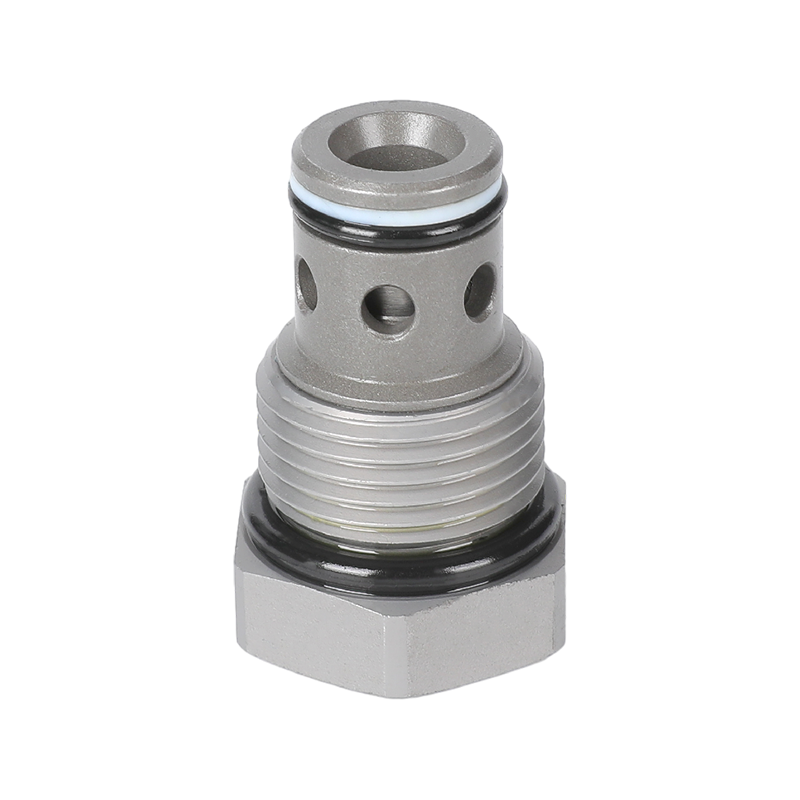In the field of industrial automation and fluid control, Solenoid Valve has become an indispensable key component for regulating the flow of liquid, gas and other media due to its high efficiency and precision. The solenoid valve controls the opening and closing of the valve through electromagnetic force, thereby realizing the precise control of the flow direction, flow rate and pressure of the fluid. However, this process is not isolated and helpless, and its effect of controlling fluid flow is jointly affected by many factors.
1. Electromagnetic force is the direct power source for driving the solenoid valve core to move, and the magnitude of the electromagnetic force directly affects the opening and closing speed and response sensitivity of the valve core. When the electromagnetic coil is energized, the electromagnetic field generated attracts the valve core to overcome the spring resistance and fluid pressure to open the valve. The strength of the electromagnetic force is the primary factor affecting the efficiency of the solenoid valve to control the flow of fluid.
2. The properties of the fluid medium, such as density, viscosity, temperature, etc., will also affect the control effect of the solenoid valve. When high-viscosity fluid passes through the valve, it will increase the opening resistance and sealing difficulty of the valve core and reduce the control accuracy. High or low temperature media may affect the performance of the internal materials of the solenoid valve, resulting in poor sealing or malfunction. When selecting a solenoid valve, it is necessary to fully consider the characteristics of the media and select appropriate materials and structures.
3. Working pressure and temperature are important factors affecting the performance of the solenoid valve. Excessive working pressure may exceed the tolerance range of the solenoid valve, resulting in leakage or damage. Temperature changes may affect the expansion and contraction of the internal parts of the solenoid valve, thereby affecting its sealing and action stability. The design and use of the solenoid valve must consider the pressure and temperature range of the working environment to ensure that it operates in a safe and reliable state.
4. The operation of the solenoid valve depends on a stable power supply. Fluctuations in the power supply voltage may cause electromagnetic force instability, thereby affecting the opening and closing accuracy and response time of the valve. In addition, the quality of the power supply may also affect the service life of the solenoid valve. It is crucial to provide a stable and reliable power supply for the solenoid valve.
5. The mechanical structure and sealing performance of the solenoid valve directly affect its effect in controlling fluid flow. Reasonable structural design can reduce friction resistance and improve action efficiency; and good sealing performance can ensure that the medium will not leak when the valve is closed. In the design and production process of the solenoid valve, it is necessary to focus on the optimization of the mechanical structure and the selection of sealing materials.

 English
English русский
русский
 ++86-0575-87669088
++86-0575-87669088


